Viviana Gradinaru
Lead PI (Core Leadership)
California Institute of Technology
Viviana Gradinaru, PhD, is Professor of Neuroscience and Biological Engineering at Caltech. Her research group has developed optogenetic, tissue clearing, and gene delivery methods for accessing function and anatomy in the vertebrate nervous system and is now applying them to study circuitry underlying neurodevelopmental and neurodegenerative disorders. Combining neuroscience, protein engineering, and data science, her laboratory has produced microbial opsins that are tolerated by mammalian cells and viral capsids capable of crossing the blood-–brain barrier in adult mammals, which could enable high-precision, minimally-invasive repair of diseased nervous systems. Dr. Gradinaru has received, amongst many honors, the NIH Director’s Pioneer Award, the Presidential Early Career Award for Scientists and Engineers, and outstanding young investigator awards from both the American Society of Gene and Cell Therapy and the Society for Neuroscience. Alumni from the Gradinaru laboratory went on to successful careers in academia and industry.
Recent ASAP Preprints & Published Papers
Advances in AAV technology for delivering genetically encoded cargo to the nonhuman primate nervous system
Intravenous functional gene transfer throughout the brain of non-human primates using AAV







